While hoteliers know credit card pre-authorization, many don’t incorporate it into their reservation policies. Or, if they do, they leave it up to OTAs. Either way, ignoring the impact of well-managed pre-authorizations on your hotel’s revenue is a mistake.
Flexibility for Guests and Guarantees for Hoteliers
Pre-authorizations are a temporary hold of a specified monetary amount made on a guest’s credit card when they book. Some guests misunderstand them and think they’re a charge, but they’re a financial freeze meant to verify the credit card’s validity and reduce fraud.
It makes sense for hotels to require pre-authorizations during in-demand times as it offers you a guarantee. Plus, it’s more flexible than non-refundable rates, so guests appreciate it. It’s often the best compromise between the two options, flexibility for guests and guarantees for hoteliers.
Yet, not all hoteliers incorporate pre-authorizations in their booking process and lose revenue as a result. Their reasons for not doing so are often rooted in lack: lack of time, lack of will, lack of authorizations (by the ownership), lack of permissions (by the banks), or even lack of means (POS).
Some hoteliers leave pre-authorizations up to the OTAs. But if you want to take control of pre-authorization internally, you probably have questions. Below are several screenshots that walk you through the potentially lost revenue hotels incur when you choose this option.
The three main questions most hoteliers ask about pre-authorization are:
- When should pre-authorization occur?
- How long before and for what amount?
- When and how should it be canceled/released?
Pre-authorization is a Fundamental Revenue Tool
Pre-authorization is another tool in the revenue management toolkit. While there are guidelines for using it, successful hoteliers look to market demand to gauge its implementation.
For example, when there’s a lot of unsold inventory in the low season, it makes sense NOT to ask for a credit card because that can drive more demand. When hoteliers rely on last-minute room sales, making it as easy as possible to reserve makes sense. If potential guests are browsing OTAs with the “book without a credit card” filter, they’ll be more likely to see your property if you do not require a pre-authorization. They may not want to enter their credit card or are unsure of their plans.
If it’s low season and your room is likely empty, it makes sense to waive the pre-authorization requirement.
However, the reverse is true for high season, big events, and strong weekends. Pre-authorizations are a fundamental revenue tool because they can neutralize the risk of last-minute cancellations and, therefore, loss of revenue in periods when the hotel should be booked to capacity.
What should a Hotelier Expect When Implementing Pre-authorizations?
1) When Should Pre-authorization Occur?
The timing is critical. Suppose you require pre-authorization between 10 and 15 days before the customer’s arrival. In that case, the amount is frozen for the necessary time that allows the hotel to collect in case of no-shows, late cancellations, early departure, or material damage to the property.
This 10-15 day timeframe also allows the hotel to discover if the card is invalid. That way, you can report and cancel the reservation and still have time to resell the room at the proper rate rather than a last-minute or discounted rate.
Hoteliers who wait to check the credit card’s validity when the customers don’t show up or cancel at the last minute lose money. It’s too late to sell the room, or you do sell it at a steep discount.
2) How Much Should the Pre-authorization be?
This varies from property to property and might coincide with the penalty fee. Many revenue managers pre-authorize one night as a cancellation fee, while others charge for the entire stay.
In some countries, hoteliers sometimes pre-authorize amounts even higher than the entire stay to protect themselves from any material damage or theft by the customer.
3) When Should you Release it?
Some hoteliers wonder when they should release the pre-authorization, and there’s no “one” time. Often it’s automatically released after 15-20 days, but that’s up to the banks and credit card providers. Hotel staff can manually release it at any time (usually at checkout) if guests want to pay with a different method. The staff can also use the pre-authorization and convert it into payment if the guests agree.
How OTAs Behave
OTAs clearly define the parameters of pre-authorization towards customers at all booking stages, putting hoteliers in a position to feel more protected against customers in bad faith and, at the same time, have a clear conscience even in the face of upset customers. Hoteliers themselves can reduce possible complaints by clearly communicating this practice in their post-booking and pre-stay messages.
On some OTAs, such as Booking.com, hoteliers can set the pre-authorization parameters directly on the extranet (Property->Policies for Booking.com and Payments->Manage Payment Settings for Expedia). This appears on the public page front end.
Booking.com
Expedia
How to Make Pre-authorizations and Regulations on Electronic Payments
There are two ways of making pre-authorizations:
- The traditional (analog) version via the so-called POS (point of sale), through which you manually type in the credit card details and the amount to be pre-authorized, even when the guest is not physically present.
- The other method is more digital and modern. It consists of payment gateways managed by online portals connected to banks, which automate the pre-authorization process with just a click and without a person’s manual intervention in data entry.
In addition to being more convenient, fast, practical, and secure, this digital mode has become mandatory in certain territories to align with payment security regulations. For example, Europe has psd2 (Payment Service Directive 2), a version of the current Payment Services Directive. This version requires even stronger customer authentication in the context of online payments and purchases, in other words, when the customer is not physically present to insert his card in the POS of the property. Strong Customer Authentication is abbreviated to SCA.
With Strong Customer Authentication, guests’ identities need to be thoroughly verified. In other words, the guest must prove that they are the actual cardholder through 2 of the three authentication methods* described below:
* Information is known only to the customer (password or PIN), device in his possession (phone), or biometric data (fingerprint).
As mentioned earlier, pre-authorization is not a real payment, but it can become so if needed. Pre-authorization means the guest doesn’t need to be present for you to charge their card in the case of no-shows, late cancellations, or material property damage.
When OTAs Manage Online Payments, Hotels Lose Out
While the hotel can always decide whether or not to preauthorize the card, OTAs like Booking.com and Expedia also handle pre-authorizations. For instance, OTAs can verify the credit cards on behalf of the hotel. They can collect any penalties on behalf of the property as well. At first glance, this may seem like an easy and time-saving method, but it comes with a price. As you’ll see below, OTAs can use this option to undercut your rates which does not benefit your revenue management goals.
To see where two OTAs offer the option of handling your pre-authorizations, you can see Booking.com (Property->Policies in the extranet) and Expedia (Property details->Fees, policies and settings->Payment methods in the extranet.) You can see how to set this up below.
Booking.com
Expedia
Expedia
On the one hand, this process saves time and avoids credit card fraud, yet, they create a revenue problem for the hotel. You must allow guests to pre-pay online as a prerequisite, as per the screenshot below.
Booking.com
Expedia
Online payments via OTAs are often an opportunity to cut sales rates (cutting their commissions) and make disparities at the expense of the site and direct channels. In fact, by taking payment from customers, they can apply a lower price and then send the hotel a virtual credit card with the total amount without the hotel sometimes even noticing.
Below are some screenshots that represent the problem.
Booking.com
Booking.com
Expedia
Expedia
Revenue management focuses on profitable percentages, and the OTAs can derail your careful planning with such undercutting. Hotels that handle their online payments and pre-authorizations internally avoid this fate.
Challenges and Possible Solutions
These days, you can install tools on the site or the booking engine that allows you to track the rates of the OTAs and match or better them in case they undercut your prices. You can take the same approach from the front desk in direct requests (phone, email, or walk-in).
However, this solution is still partial. On the one hand, it allows you to prevent a direct customer from booking on an OTA at a lower rate. On the other hand, equalizing the rates downwards is still a loss of potential turnover (often silent) and cannibalization of the Average Daily Rate (ADR.)
The goal should be to maintain pricing integrity and avoid requiring digital or manual rate match actions. Also, sometimes, the OTAs’ discounts (aka commission cuts) can reach up to 40% (way above their standard 15-20% commissions), especially in the last-minute phase.
In some cases (decided by internal algorithms), OTAs deliberately lose money to earn (the trust of) customers. And in the face of such large discounts, the hotel would paradoxically prefer not to equalize the rate only to get a direct reservation and instead let the customer book on OTAs because, at that point, the net margins from an OTA reservation would be higher (thanks to the total amounts that the OTAs load on virtual cards).
Let’s say you want to push a rate of $100 on all channels. Here’s why. If your hotel accepts online payments from Booking.com, then Booking.com can show a different price on their page. Perhaps their price is $90. This cuts into their commissions, yet they send the hotel a virtual card with the full amount of $100, so it doesn’t affect the property’s net margins. However, when a guest calls the hotel and is quoted $100 for the room, the guest says they saw it for $90 on Booking.com. Now the hotel has lowered its price to match the $90 rate.
Imagine an OTA decides to undercut rates by as much as 40%. In such a case, if the guest calls the hotel and asks for a price match of 40% less, it’s better for the hotel if they don’t offer that match and let the guest book through the OTA. It might seem counterintuitive, but if the hotel matches the rate by phone, their net margin will be 60 (100-40% of discount). If they let the guest book on the OTA, they will receive the total amount on the virtual card and pay only the commission out of that, so their net margin will be 82 (100-18% of the commission.)
In addition, the same OTAs make it clear that they will do everything to collect the penalties but don’t guarantee it. Plus, it’s unknown when they carry out this operation and what amount they tend to preauthorize. And let’s not forget the cost of fees for virtual card transactions can reach up to 3%.
Booking.com
For some hotels, it’s ideal for maintaining control of customer credit cards and their pre-authorizations / penalties. You won’t worry about losing profit when you avoid entrusting the total management of online payments to OTAs (by not accepting virtual cards, as per the example below on Booking.com). Regarding booking volumes, it won’t change too much, but there will be more rate transparency and direct bookings.
Booking.com
Booking.com
Fortunately, hotels can use modern, cloud-based PMS to automate the processes of pre-authorization and online payments with a few clicks. These tools become fundamental to managing the cards of OTA customers and those of direct customers who book on the site or by phone/email, the so-called MOTO reservations (Mail Order / Telephone Order.)
How to Avoid Chargebacks and Fraud Risks
Today, the problem is collecting and processing credit card data safely and collecting money, avoiding chargeback risks. Receiving card data by email has a high risk of hacking with copies of the document and the attached front/back of the card. In the case of reservations on the phone, it is certainly not recommended to collect credit card data during the conversation and transcribe them on a sheet of paper.
Additionally, while the PSD2 regulation allows manual pre-authorizations with the physical POS, they are still considered risky. Fortunately, some property management systems (PMS) offer the option of using a link to request payment authorization. Then, the PMS sends the link to the customer by phone (Whatsapp, for example) or email. This procedure exposes the hotel to the risk of refusals by banks or requests for reimbursement by the customer in case they’re charged for no-shows or late cancellations.
Once the customer opens the link, they can authorize the credit card as a guarantee (through two-factor authentication) and consent to the pre-authorization process before check-in. And if they do not consent, the hotel is always allowed to cancel the reservation for an invalid card (assuming it’s a high-demand date.)
In the case of the PSD2/SCA regulation, this process is made even more secure through double verification that requires the guest to enter a code that only they can possess and proves the credit card’s ownership. This protects against fraud or refund requests if the no-show penalty is charged. In addition, it prevents data from being improperly kept by staff with the risk of being hacked.
When you digitize pre-authorizations, you reduce the risk of fraud and chargebacks.
Modern PMS allows you to convert credit card data into tokens. These “tokens” are an identification number that can only be used for the requested purpose related to the reservation, namely to charge the customer’s stay and any extra expenses or penalties for no-show / late cancellation. But the real card data continues to be encrypted, so it can’t be used for other purposes.
Once the card has been captured into the system, you can decide whether and when to pre-authorize it, release it or convert it into payment with just a click.
Such a process benefits the hotel because the property is in charge when you handle pre-authorizations through links vs. the OTAs. As mentioned above, relying on the OTAs for pre-authorization can result in price disparity that harms your revenue.
Pre-authorization Helps Hotels Increase Revenue & Preserve Cash Flow
While PSD2 mainly concerns European hotels, there is no doubt any hotel that equips itself with a PMS and booking engine that works with payment gateways can speed up, digitize, and make the process of remote verification and debiting of credit cards more secure.
Additionally, pre-authorization helps hotels make much more money and preserve their cash flow. Out of a sample of over 2,000 customers worldwide, Revenue Team by Franco Grasso noted that facilities are practicing pre-authorization experience 5-10% higher revenue increases than similar properties that do not pre-authorize. As a result, they enjoy a higher Trevpar (Total Revenue per Available Room).
Key Takeaways
- Pre-authorizations are vital for hotels to preserve their cash flow and protect themselves from late cancellations, no-shows, and material damages from guests.
- Automate and digitalize the process of payments and pre-authorizations as much as possible. It’s the safest, fastest, most convenient, and most efficient way to secure payments and avoid problems such as chargebacks, invalid credit cards, and loss of money.
- Keep control and track of credit cards and payments from OTAs’ guests, do not delegate payments to OTAs as they take advantage of this function to undercut rates. This is critical from a revenue management perspective as it improves the top line.
Free Ebook: 10 Things To Know About Revenue Management
This ebook is an introduction to revenue management for executives, general managers and hotel owners. Within the ebook “10 Things To Know About Revenue Management”, you’ll learn the principals of revenue management. Click here to download the Guide "10 Things To Know About Revenue Management".
More Tips to Grow Your Business
Revfine.com is the leading knowledge platform for the hospitality and travel industry. Professionals use our insights, strategies, and actionable tips to get inspired, optimize revenue, innovate processes, and improve customer experience.Explore expert advice on management, marketing, revenue management, operations, software, and technology in our dedicated Hotel, Hospitality, and Travel & Tourism categories.



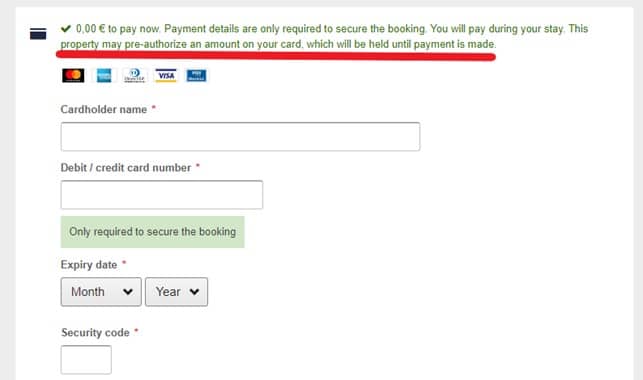
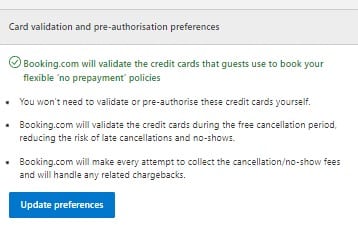
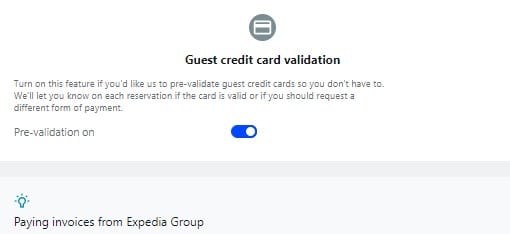
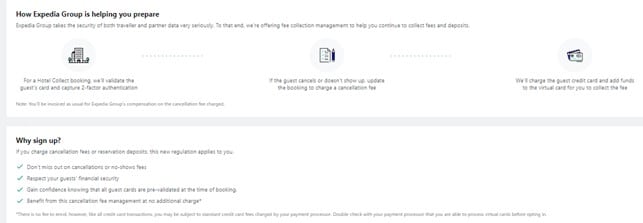
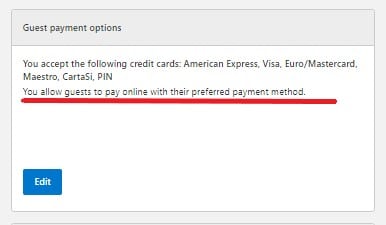

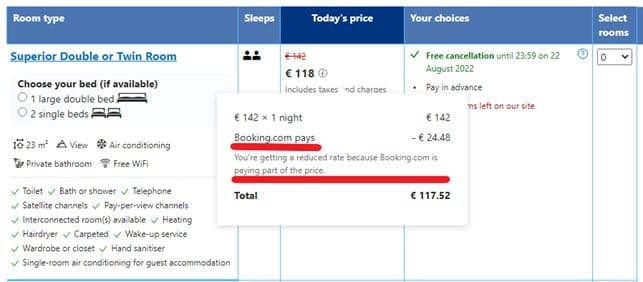
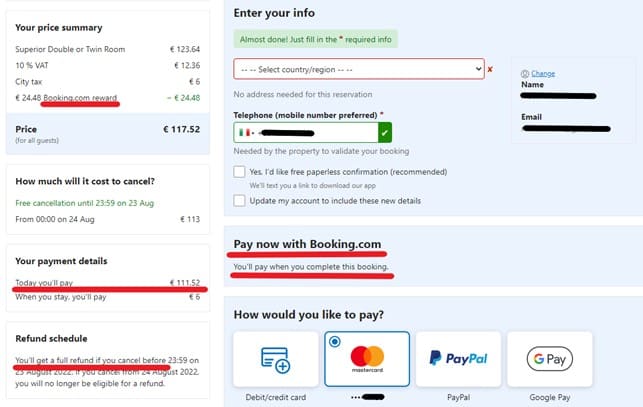
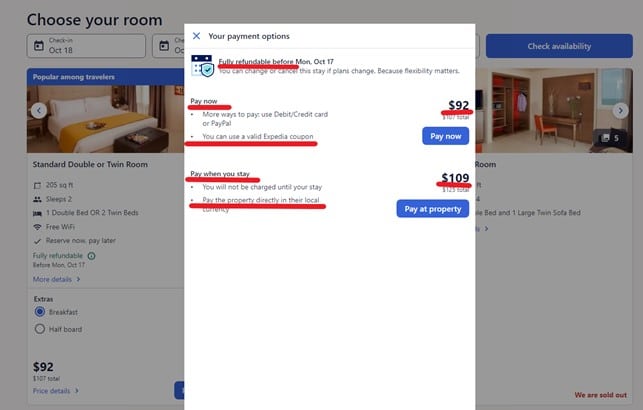
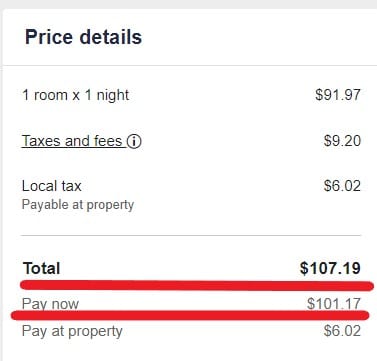
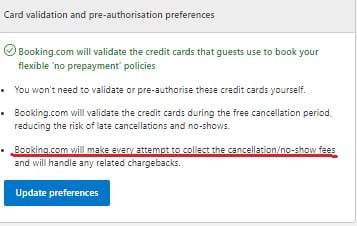
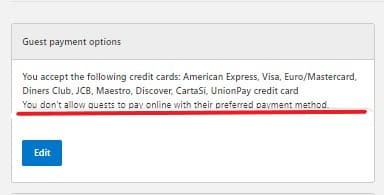
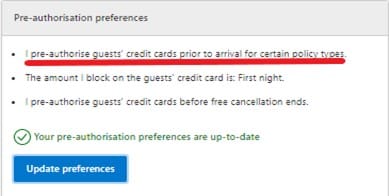
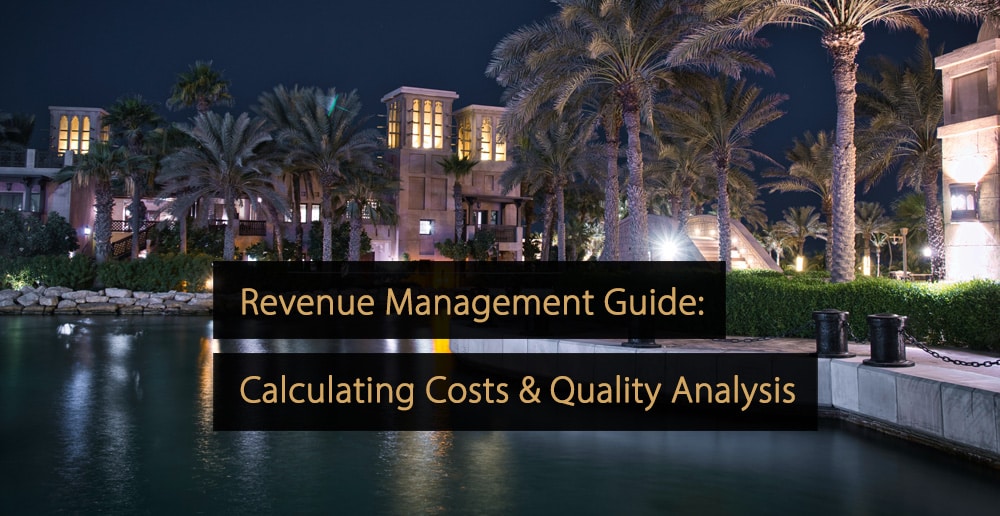
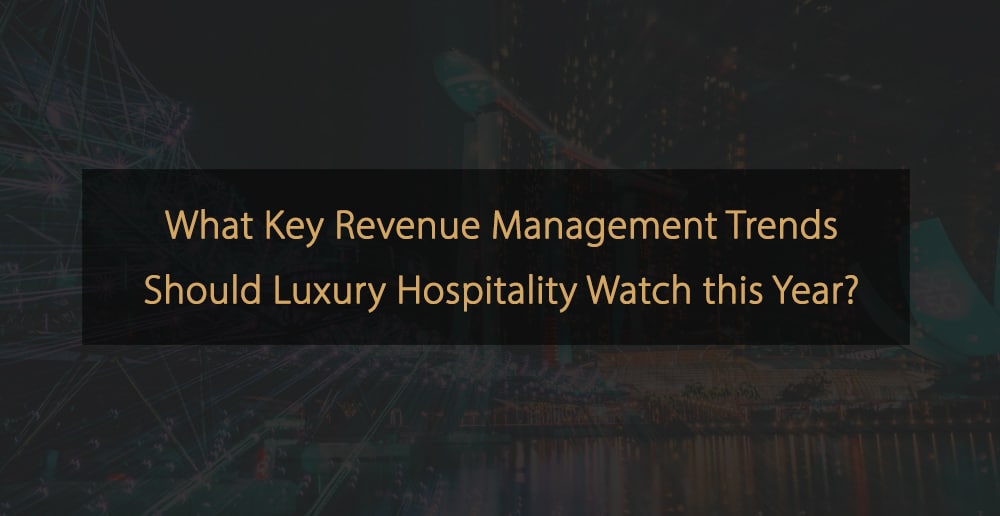



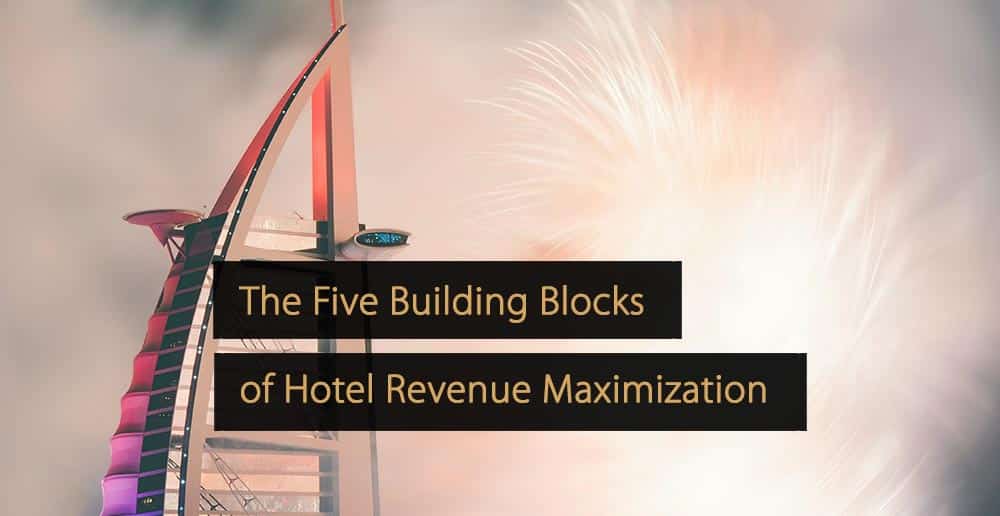
Thank you for this information. It is really helpful. I appreciate it.